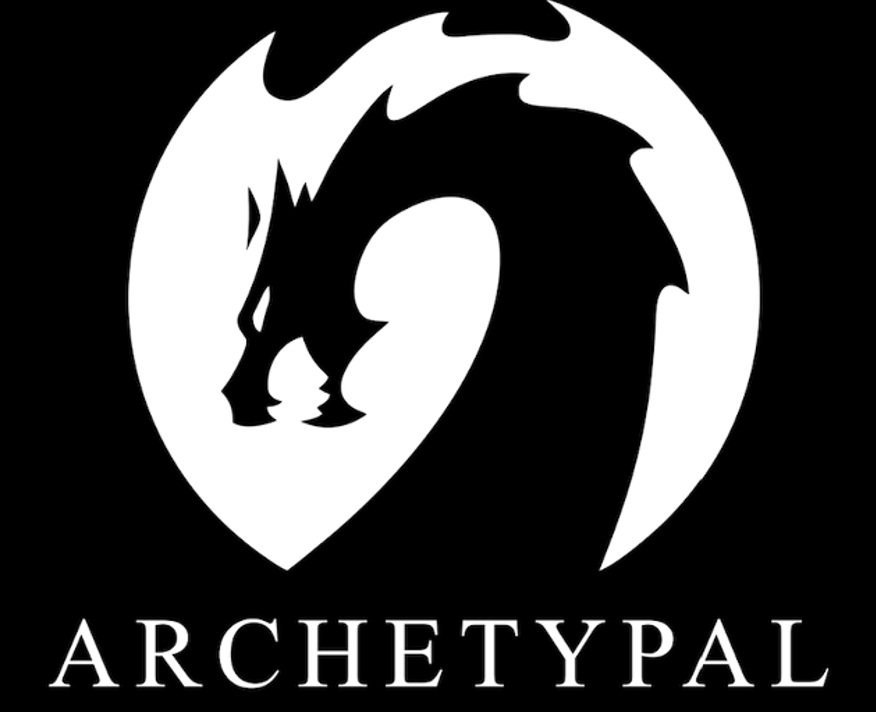Intrinsic Human Hazard Mitigation Checklist
1) Oftentimes our desires usurp our ability to accept the current physical realities of a situation. The physical realities of ourselves, others, our equipment, and the environment are critical to honour first, then act in accordance with them. We must also accept that there are shadow elements to being human. That is the first acceptance.
2) Fear of social suffering is often way stronger than fear of disaster. We humans are terrified by the social suffering that might come from failing to go along with the crowd or to perform what might be expected of us. To do what is right takes courage. Social, physical, moral, intellectual, emotional and spiritual courage.
3) To achieve my and my industry’s highest ideals it is important to connect with myself and others. I do this by making my (our) weaknesses transparent.
4) To do the right thing often means that we need to exercise aspects of ourselves that are untried or latent in a process of gaining self-awareness.
5) The grace of humility is by far a more effective tool for managing hazardous situations than the grandiose sense of self or hubris.
6) The truth has profound utility in managing complex hazardous situations. The truth about ourselves, others, our equipment and the situation.
7) When we connect with the intrinsic order of life (Intuition), we can find guidance. Our thoughts alone can never do this.
8) The best response to chaos and adversity is to find the stillness or peace within. Acting from this place has profound utility.
Human Hazard Management Model. © Ken Wylie, Archetypal.


